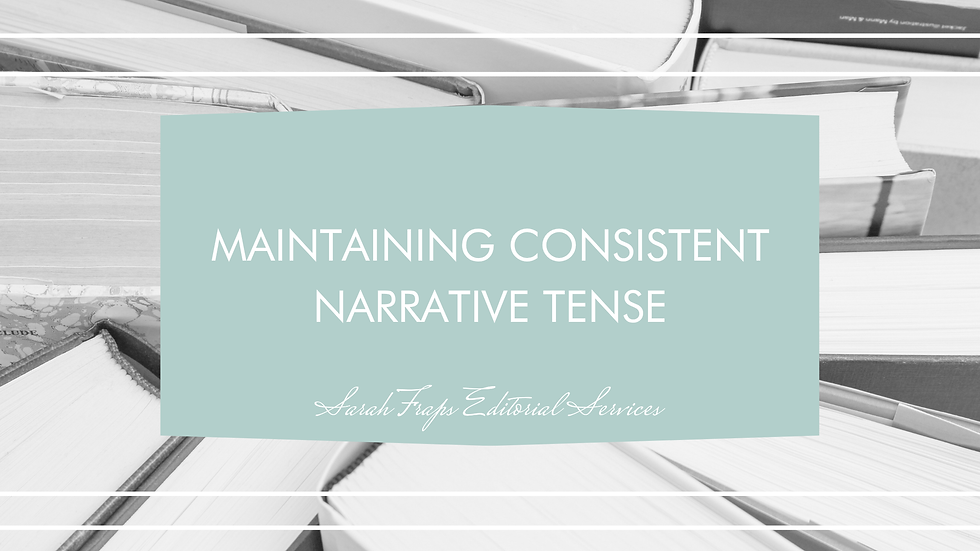Style sheets
- Sarah Fraps

- Oct 27, 2022
- 3 min read
Updated: Nov 7, 2025
One of the first things I learned about that was new to me as a freelance proofreader and editor was style sheet creation. Yet, it’s probably the least heard of aspect of the editing and proofreading process for my clients.

What is a style sheet?
A style sheet is like the Wikipedia page for your book. While the name is usually singular (style sheet), a style sheet is typically much more than one page. Style sheets come in many different formats and … styles. They are as unique as the editors who create them.
In the traditional publishing world, style sheets record house publishing style regarding grammar, spelling, and style preferences. In the self-publishing world, style sheets record the grammar, spelling, and style preferences of the self-publishing author.
The premise behind a style sheet is the basic idea that (as I said it once in a writing Facebook group) fiction editing is not as prescriptive as people tend to think it is. Sure, there are style guides, like the Chicago Manual of Style, that are used within the industry as a common source for grammar, spelling, and style conventions. But even within CMOS, there are many “rules” that are really more like recommendations. Keeping a style sheet allows the editor and author to note changes that the author would like to make from the noted recommendation in the style guide being used. A style sheet also helps the author and editor keep track of people, place names, and events within a narrative to maintain consistency, not just within the one book, but also across a series of books (if the author is writing a series).
How editors use style sheets
The ultimate goal of hiring an editor should be the application of clarity and consistency to your book. A style sheet helps editors maintain both things as they edit. An editor could include all manner of things on a style sheet, including, but not limited to:
Character names and descriptions
Place names and descriptions, including building names
Point of view
Tense
Hyphenation and capitalization preferences
Regional language preference/spelling preference
Punctuation style
Plot/timeline information
Treatment of dialogue and thoughts
So how does an editor get all of this information? Well, some of it comes from simply reading and noting preferences within the text as they appear. Prior to editing, however, an editor should ask the author if they have any style preferences that would then be noted on the style sheet. The editor might do this in an email or using a short form or questionnaire. Regardless of how it happens, it should happen before editing takes place (otherwise, the editor may be forced to make their own decisions or query as they edit).
There will, of course, be points of query along the way, and an editor will make changes to the style sheet as they complete the editing job.
Style sheets can be useful to authors too
If you are having line editing or copyediting (or both) completed on your manuscript, ask for a style sheet. Authors can use the created style sheet to keep track of their own preferences as they make revisions following editing services. Style sheets aren’t just used for editing though. An author could keep their style sheet and apply all of the preferences and notes to the next book in their series or to other standalone books. The style sheet, therefore, becomes a record of the author’s personal writing style.
In an industry where time is money, a author preferences enshrined on a style sheet save the editor precious time by providing answers to queries before editing begins, allowing the editor to move ahead confidently with editing the manuscript. And if an author comes to an editor for proofreading with a style sheet in hand - even better! Even if the style sheet wasn’t created by that same editor, the editor should be able to look over it and use it to assist in the proofreading process, again, without precious time being taken up by asking about preferences that have already been noted.
So, all that to say, if you’ve had professional editing done, and an editor hasn’t provided you with a style sheet, ask for one next time. They’re a tool of the professional editing industry and standard in traditional publishing. Authors seeking a high-quality self-publishing experience shouldn’t go without!








Comments